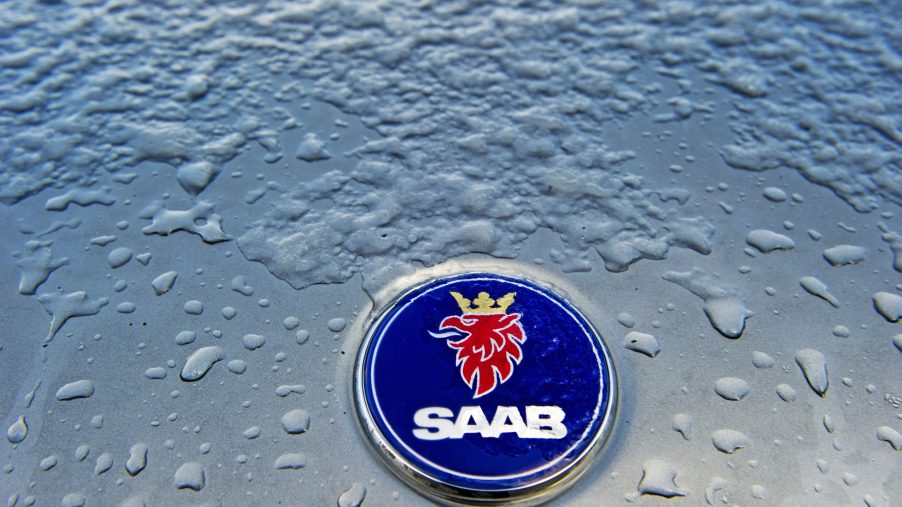
Saab Lives on Today Even if the Company No Longer Makes Cars
Saab was a world-leading carmaker known for its innovative and technologically-advanced designs. Known the world over for its refinement and quality, the company built a great reputation over the years.
Disaster, however, can strike for even the greatest of companies, including one as innovative as Saab. But the company has no plans on fading into the background, even if its cars are dead and buried.
How Saab became an internationally recognized automaker
Saab’s rich history started in military products and technology back in 1907, focusing on submarine production and then military aircraft. It wasn’t until the ’30s that the company started to become the automobile maker the world remembers today.
In fact, according to Autocar, the name Saab is derived from the company’s origins, “Svenska Aeroplan Aktiebolaget,” or “Swedish Aeroplane Corporation.”
By the ’40s, Saab saw an opportunity to use its designs and engine technology to enter a new industry: automobiles. By the end of the ’40s, the brand was producing the small, quick cars that it would become known for. But even as the company grew as an automaker, it continued to work on military technology and defense products.
The end of an era: where it all went wrong
Saab eventually split its auto portion of the brand into a separate company from its defense and aeronautics arm. But as innovation within the company expanded, so did the world. The Saab auto company struggled to keep up with rivals in the coming decades, simply never earning top sales numbers in areas like the U.S.
According to Saab’s website, the auto company became a subsidiary of car giant General Motors in 2000, taking over the production of Saab’s vehicles. As GM’s future started to take a hit in 2008, so did its subsidiaries.
As Saab’s automobile group was already struggling, the brand was under immense strain until it finally filed for bankruptcy in 2011.
Saab was reincarnated shortly after when another company bought the bankrupt estate in 2012. Even though Saab resumed the production of its cars, this only lasted a short while, until its new mother company filed bankruptcy and halted production in 2014.
Since then, the world has continued to mourn the loss of the auto company. Saab was never a one-trick-pony however, and the death of its cars didn’t necessarily mean the death of the brand.
From beyond the grave: how Saab continues to survive by clinging to its roots
Though Saab no longer manufactures cars, the brand has become a world leader in military, defense, and security sectors, as well as in the civilian sector.
According to the company’s current business model, it is focused on creating innovation in five core areas: aeronautics, advanced weapons systems, command and control systems, sensors, and underwater systems. And these areas of focus provide solutions across all sectors, on the air, land, and sea.
Although the company isn’t using its capabilities and knowledge to build cars, it has become “an innovative supplier of world-class fighter systems,” as well as a driving force behind the research, development, and production of many other aircraft systems. Working with world leaders, Saab’s technology will be used in “future manned and unmanned” aircraft systems as well.
Aeronautics is just one facet of the new brand, also manufacturing military weapons systems that include torpedoes, combat weapons, and missile systems, as well as technology-based command systems that “enable superior situational awareness and support critical decision-making” across a variety of sectors.
In conjunction with these technologies is also sensor systems, which provide “surveillance, decision support and threat detection, localization, and protection.” But Saab doesn’t just work in the air or on the ground, developing “sophisticated underwater weapon systems” to enhance any defense. As the brand poignantly points out, ” its cars may be gone, but Saab lives on.”


